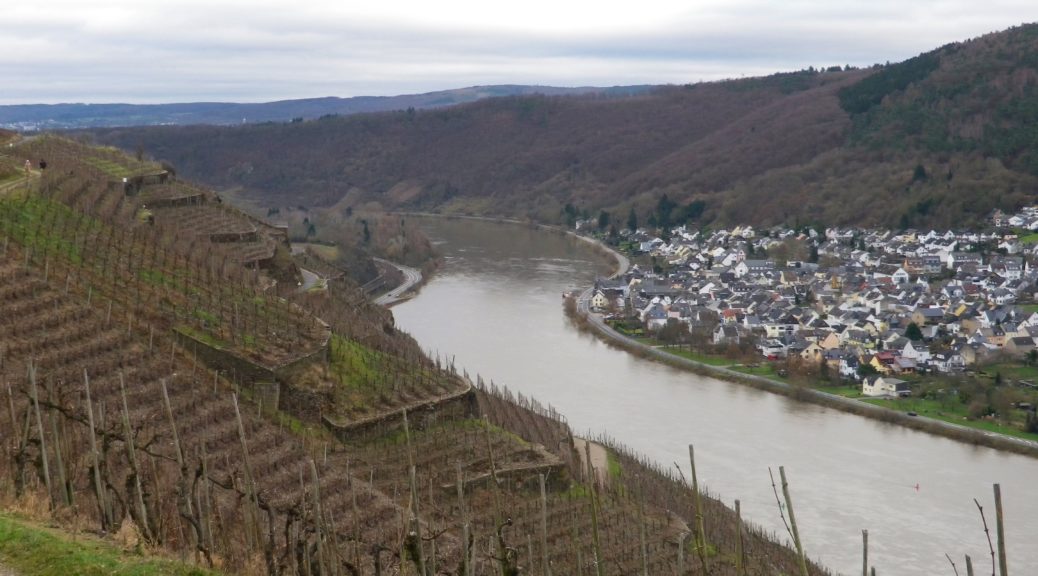On a dark December day, Christmas Eve 2017, the raw wind cut like a knife atop the Hexen Berg above Winningen. The beautiful views of the Moselle Valley from above, belied an ugly past here. Hexen Berg means Witch Mountain, and here, from 1641 to 1651, many so-called witches were cruelly burned alive during a period of great superstition and intolerance.
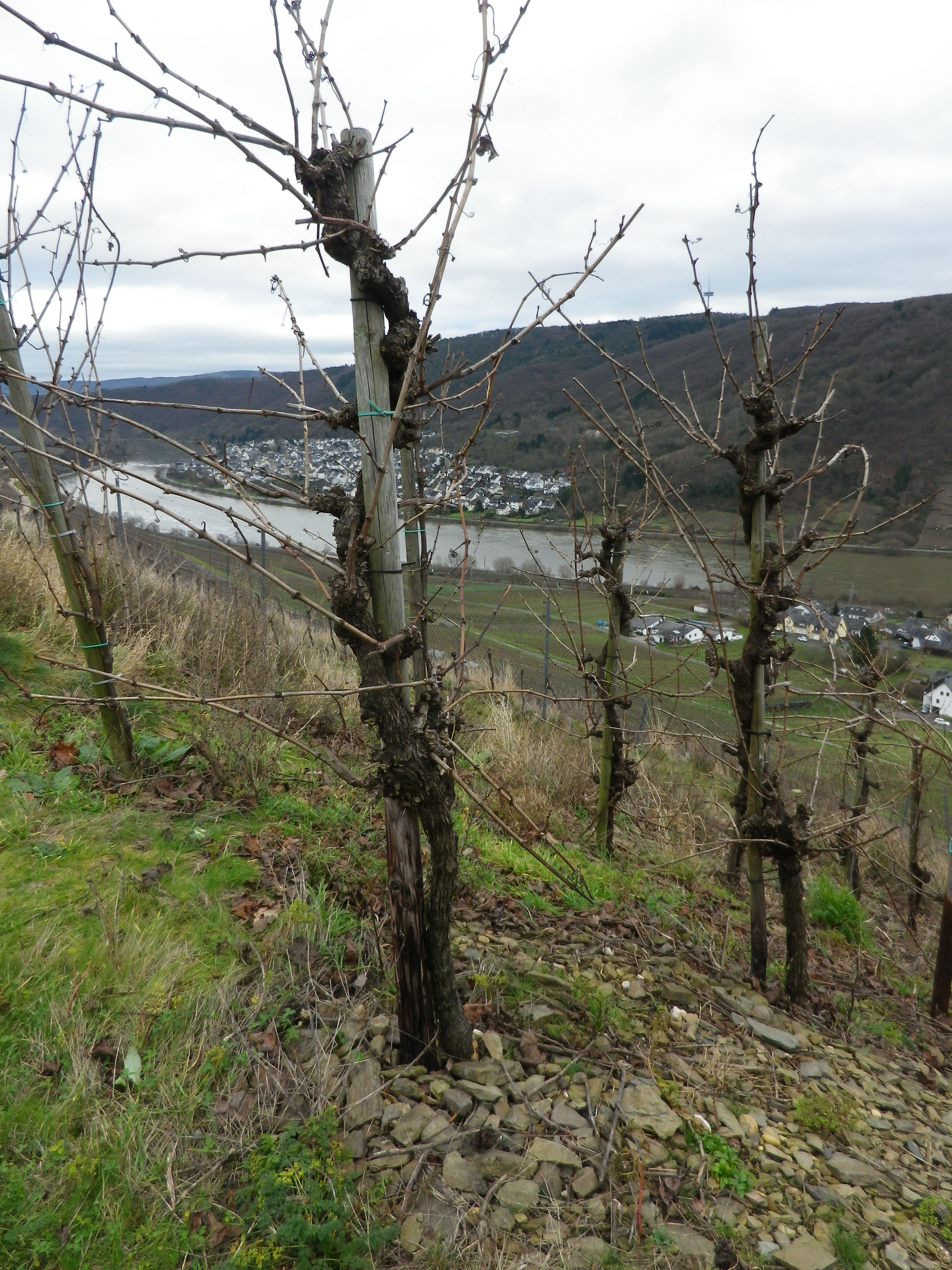
I was hiking along a mountainside that is the site of a great cru, a vineyard of good quality, the Weinhex, literally “wine witch”. It is true that the wines from Winningen are magical, with the power of racy acidity, and extraordinary fruitiness. It is equally true that the trail, the Hexenpfad, was just as magical, combining enchanting views with an eerie atmosphere on that dark day, when most Christian souls were at home with family.
Being one of the shortest days of the year, and with an unavoidably late departure, the darkness was not surprising. Nor was the cold unexpected. But this trail, followed mostly through vineyards that due to their southeastern exposure had no ice or snow, making it ideal for a short winter hike. I was particularly grateful for that in those places along the trail that offered not only great photo opportunities of the river valley far below, but also great opportunities for a terminal velocity descent.
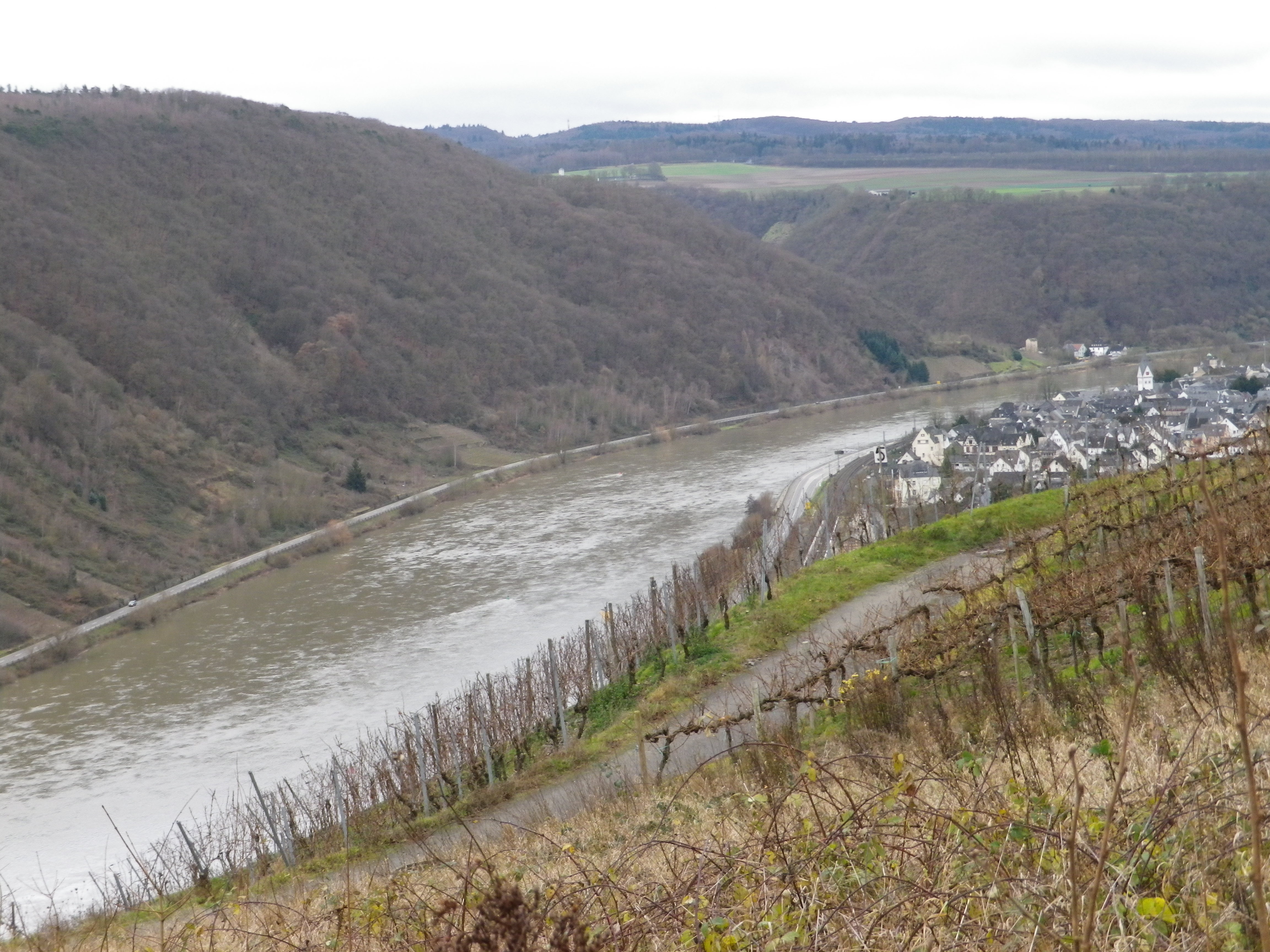
While the trail did pass through some small woods and copses in a couple of places, in the heat of summer, I would have been hard-pressed to find much shade along the way. Although much of the trail lay high up on the mountain, the trail followed ascents and descents that were actually quite moderate, so there would not have been much of a question of breaking into a sweat, except on the hottest of summer days.
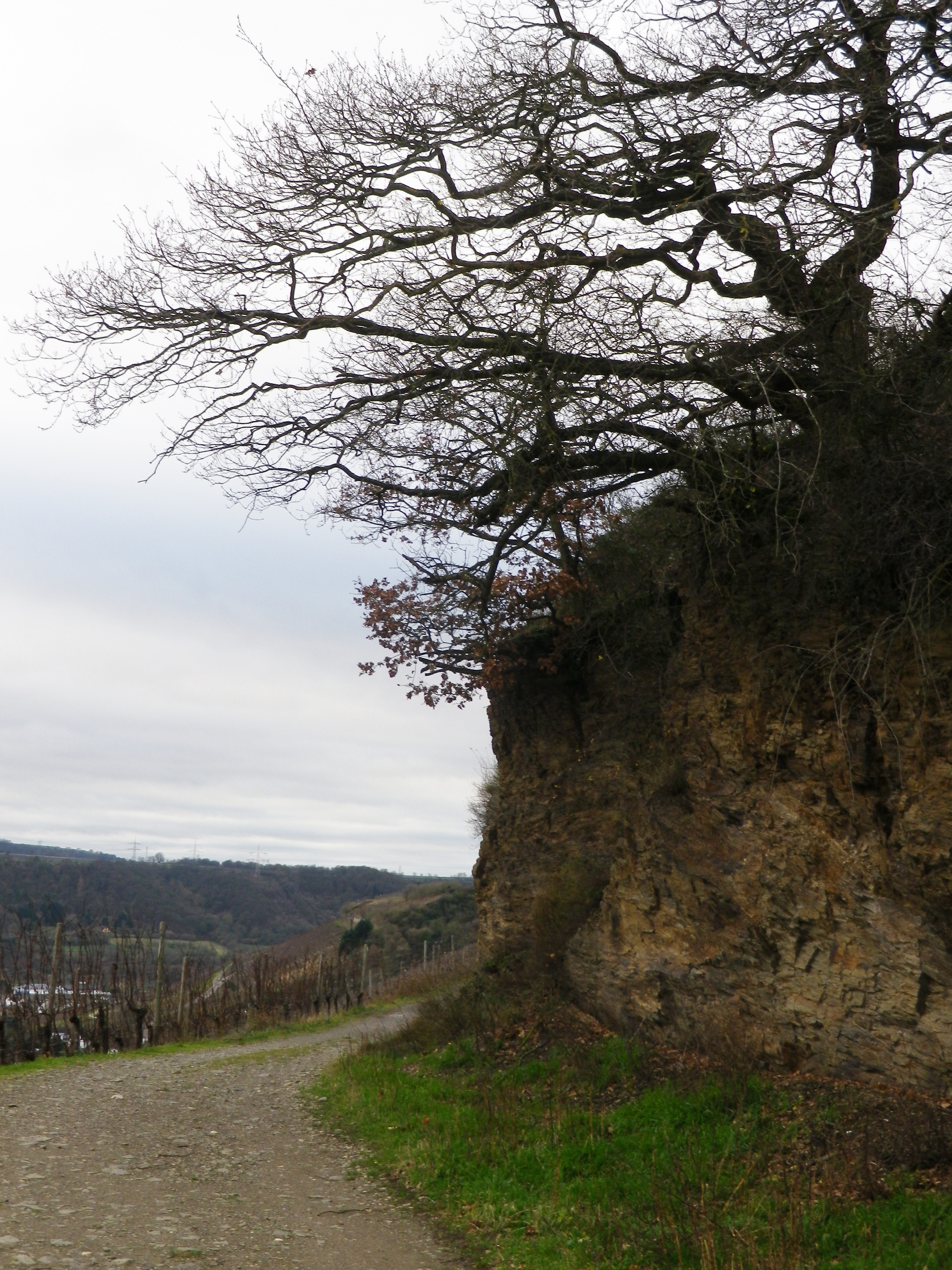
The official start was by the airstrip on top of the mountain, close to the highest point on the trail. After leading southwest, to the site of the witch burnings, the trail turned sharply northeast, into the dramatically steep vineyards of the Weinhex cru. Because of the contours of the slopes, new vistas appeared around every curve, each more impressive than the previous. The vines were closely planted, and stretched across the side of the mountain, and all the way down to the river.
This great trail disappointed only in that it did not officially follow down to the Moselle at Winningen’s center, itself home to several distinguished wineries. But the trail designers knew what they were doing, as that modification would have increased the trail’s difficulty. Besides, the wineries would have been closed by the late afternoon of Christmas Eve. As an alternative, when the trail approaches the edge of Guels, walk the easy distance of less than 750 meters separates hikers from the Moselle, for a well-deserved detour on a warm summer afternoon. From Guels, the trail rises surprisingly gently to the village of Bisholder, quiet as a tomb on Christmas Eve day.
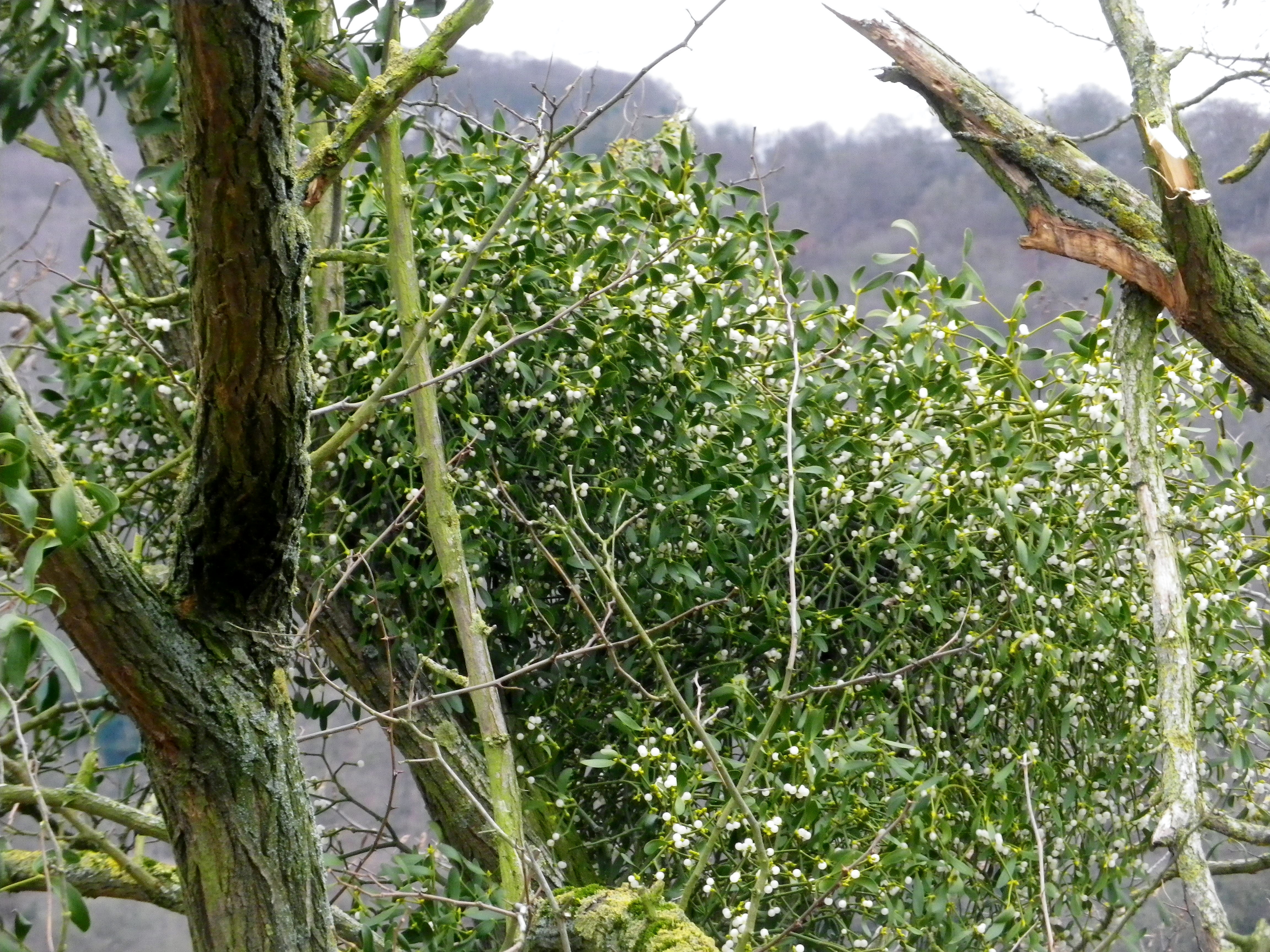
Perhaps it is fitting that on that particular day, the atmosphere was so quiet, and the trail so isolated high above Winningen. The meditative atmosphere thus created helped me reflect that one person’s beliefs can be another’s superstitions – and that good wine is not always easily accessible.
